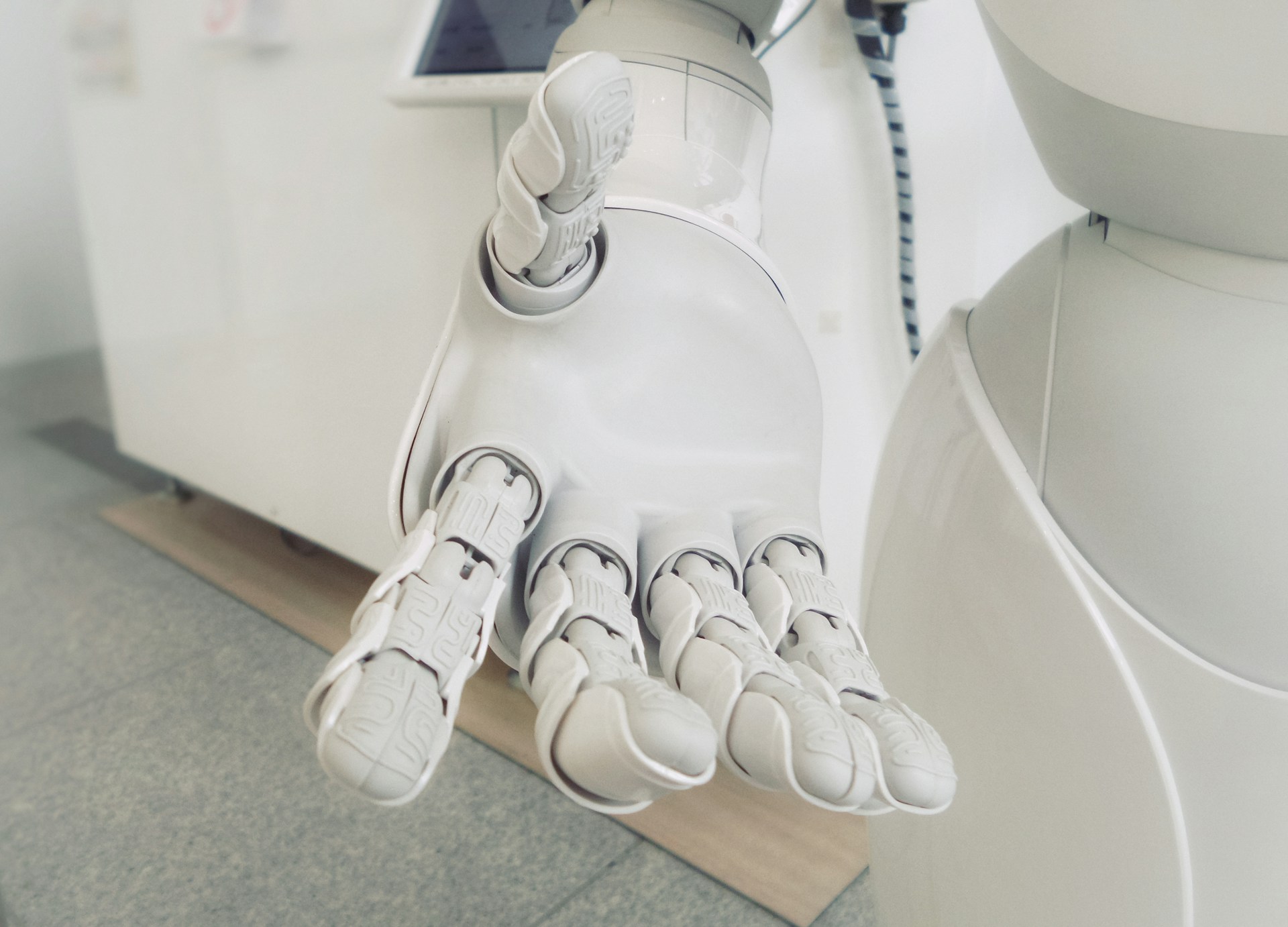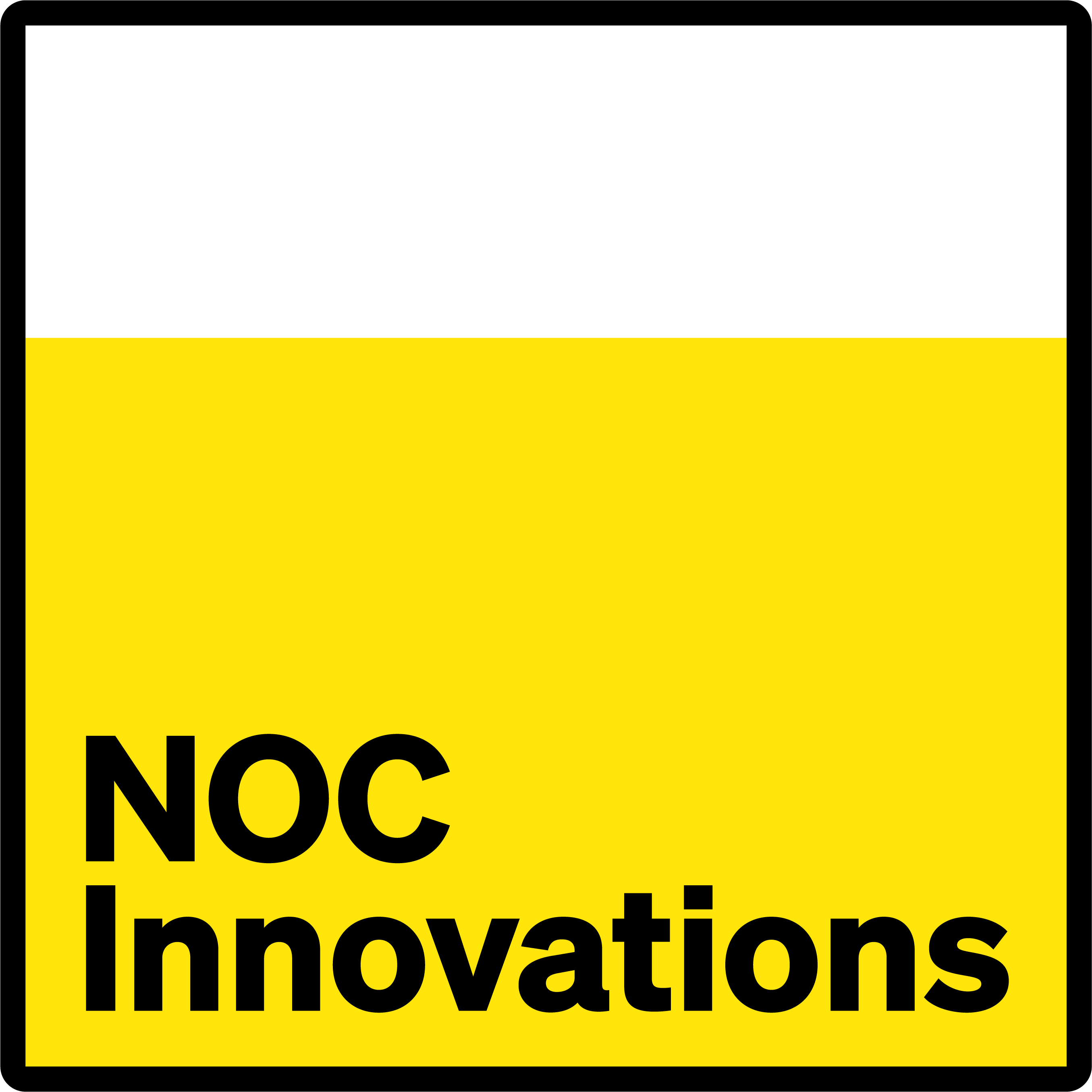Research Programme: Transparent Ocean
Programme Lead: Professor Jinchang Ren
Supported By: Dr Somasundar Kannan, Dr Junayed Hasan, Dr Ping Ma, Hamidreza Farhadi Tolie & Yinhe Li
Funder/Sponsor: Net Zero Technology Centre, Robert Gordon University & University of Strathclyde
Project Status: In Progress
Overview
SeaSense is at the forefront of subsea exploration, revolutionising the field through advanced haptic technology designed to operate in the harsh and intricate subsea environment. The project's centrepiece is a pioneering haptic hand that allows human operators to remotely control and 'feel' interactions with subsea infrastructure and the environments. This technology enhances the operation of remotely operated vehicles (ROVs), integrating human sensitivity with robotic precision in tasks such as the manipulation of valves and connectors. Supported by a consortium of expert researchers and engineers focused on industrial demands, SeaSense is revolutionising subsea operations to enhance safety, efficiency and cost-effectiveness.
Motivation
The motivation for SeaSense originates from the challenges inherent in traditional subsea operations, which are often restricted by poor visibility and a significant physical disconnect between operators and their equipment. By incorporating haptic feedback and AI-driven sensing into remotely operated ROVs, SeaSense enhances the capability of operators to execute delicate and complex tasks with unprecedented accuracy and intuition. This project is focused on utilising multimodal sensing and machine learning to improve the monitoring and automation of subsea systems. The goal is to reduce risks, lower costs, and decrease emissions, thereby making subsea exploration more sustainable and reducing dependence on human divers.
Real-World Impact
The real-world effects of SeaSense extend far beyond its immediate applications in subsea environments. By enhancing the interaction between human operators and robotic systems, the project promises to redefine the safety and efficiency of underwater operations. This innovation is poised to contribute significantly to the North Sea Net Zero Carbon basin vision by promoting remote operations and localised autonomy, thus minimising the need for human exposure to extreme conditions and reducing the carbon footprint of subsea activities. Moreover, the potential applications in topside operations indicate a broader impact, suggesting a future where remote and autonomous systems play a crucial role in various industrial sectors, driving a sustainable marine-based economy and reshaping the future of offshore operations.








